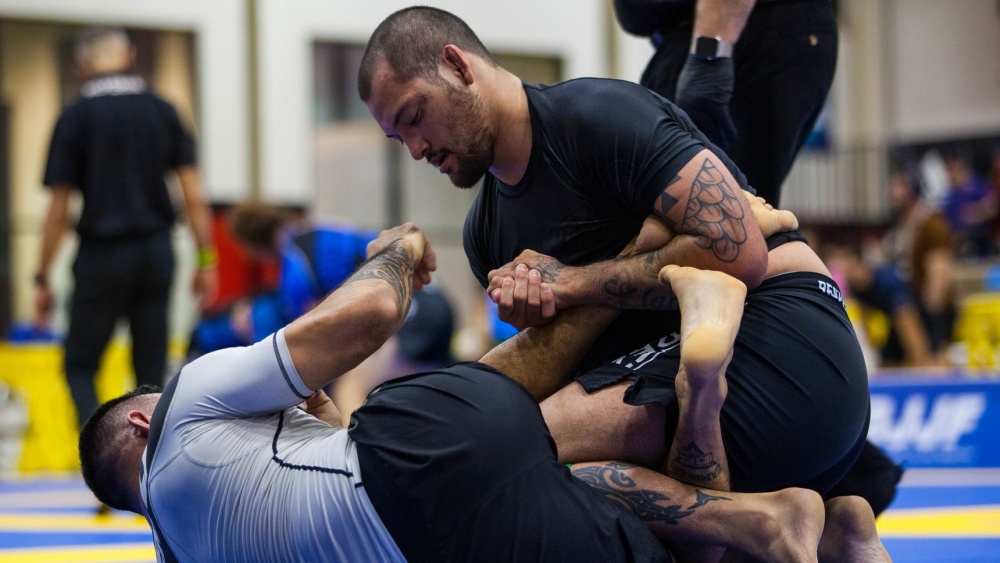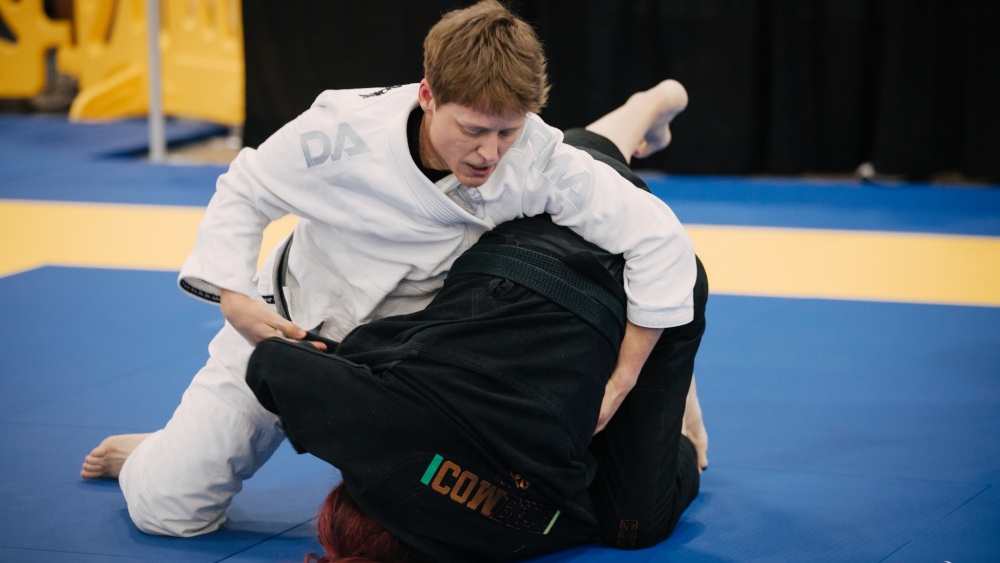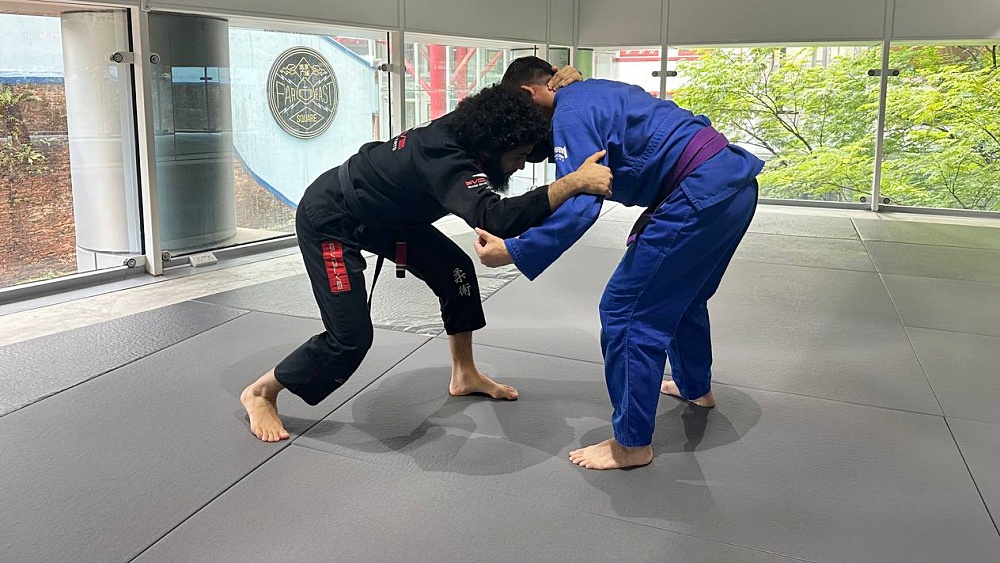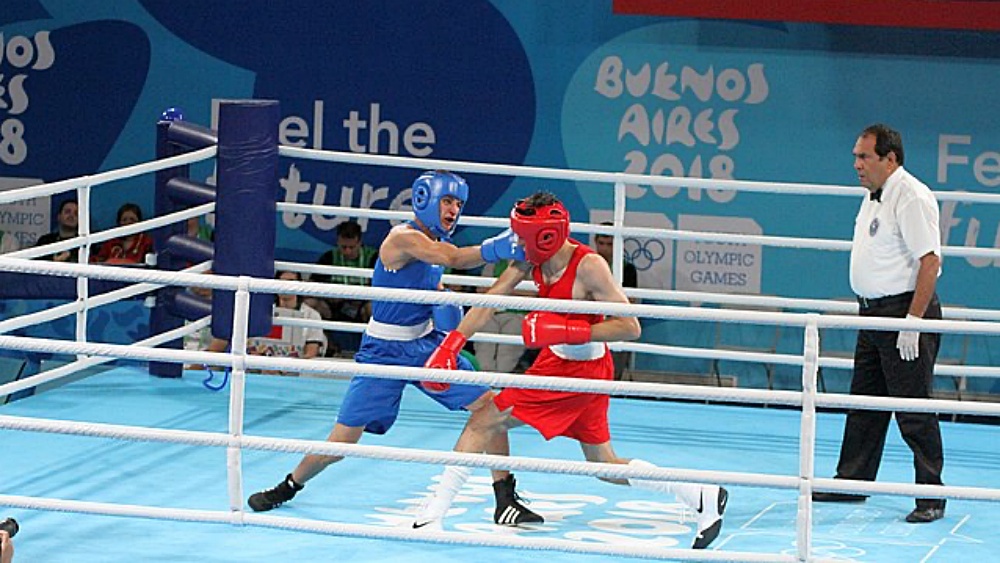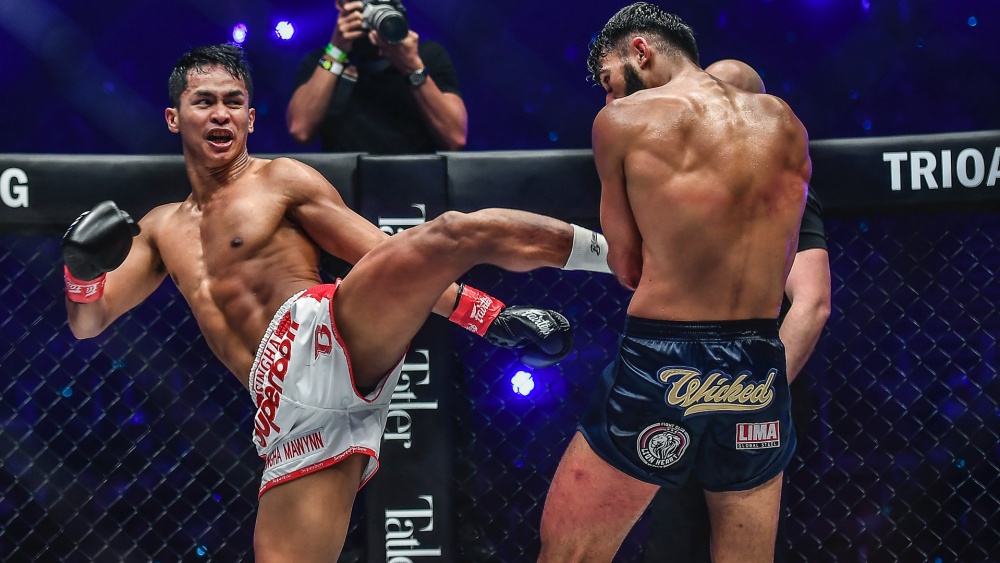Familiarity is important when training in BJJ, especially techniques like the heel hook. Both grapplers must have a firm understanding of the concept of of this technique to effectively utilize it on the mats. It is so powerful that apart from the submission itself, defending against it incorrectly can worsen its damage to the knee joint. While most practitioners refrain from training the heel hook, learning it will turn you into a menace on the mats. This article is your advanced and complete guide to the heel hook in BJJ.
The Inverted Heel Hook
The inverted heel hook is a powerful submission that can be applied from different types of leg entanglements such as the 50/50, inside and outside sankaku. It is considered the most powerful heel hook because the position of the opponent’s feet is more pliable, being turned inside than outside.
The inverted heel hook is powerful enough that you can get away with poor mechanics, even if you try to finish it facing down. Although in a fight or competition where the opponent is willing to take damage, poor application of the inverted heel hook won’t be enough. The inverted heel hook typically starts from the outside sankaku. Trap the opponent’s foot with a gable grip and focus on getting their toes towards your bicep and your wrist underneath the opponent’s heel. This is to prevent the opponent’s foot from slipping.
Let’s discuss leg control a little. Use your hips and pelvis to turn and rotate the opponent’s knee inside while turning their foot towards you with your grips. Get your hips and glutes off the mat to get better breaking leverage. Remember that the more space for your body to move, the stronger the breaking potential.
Of course, executing the heel hook by laying your back on the mat may sometimes work, but there’s not nearly as much pressure on the opponent’s knee. Push down with your legs and lift your hip and glute off the ground. Doing this imparts the weight of your hips and legs to the opponent’s knee, allowing you to rotate and lay weight on their knee. Keep in mind to maintain good connection with the opponent’s hip by pinning it down using your legs.
The Outside Heel Hook
Starting from the ashi garami position, place your outside foot on the opponent’s hip and the inside foot near their hamstring. Take note that your inside foot can be vulnerable to leg locks in this position; the opponent can reach in and attack your heel. To prevent this from happening, you can grab the opponent’s near hand and hide it.
Grab the outside heel hook grip by placing your wrist bone under the opponent’s heel and their toes under your armpit. Face downward and apply pressure by drawing the opponent’s toes back to their glutes. This usually prevents the opponent from rolling as opposed to ripping the heel across your chest.
If the opponent is bigger and manages to clear their foot and starts rolling away even with applied pressure, instead of following their trapped foot in their direction, place your foot outside and cross your legs outside on their hip. From this position, keep their heel to your wrist bone and your heel to their glute as you apply pressure for the break. If the opponent continues to roll, the pressure will get tighter, and the technique will turn into a belly down heel hook. Forcing the opponent to roll increases your chances of finishing the outside heel hook. This position stops the opponent from reaching your wrist and feet, which prevents them from defending.
Inside Heel Hook From Leg Across
The leg across position can be used to attack with the berimbolo, leg drag, or the inside heel hook. It is a position where you control an opponent’s leg by grabbing on their mid-shin area with a figure-four grip, placing your gripping hand near the back of their knee. Your bottom leg blocks the opponent’s far hip, while your top leg hooks behind their opposite leg’s knee, similar to X-Guard. The stability earned from this position will allow you to re-enter into leg entanglements.
Starting from the leg across position, when the opponent turns away to hide their heel, instead of out-turning the opponent by following them to their turning side to attack their heel, spin to the opposite side instead. This allows you to capture the opponent’s heel as it becomes exposed. To do this, you need space for your hips to lift. Pull the opponent’s leg up high to your armpit with the figure-four grip. This frees your hips to swing over the top. Use your free hand from the figure-four grip to hold the opponent’s knee up.
Lower your bottom leg from blocking their hip to their knee to pin their opposite leg on the ground. This prevents the opponent from pummeling their leg inside as you spin your hip through to their leg. Thread your foot through their leg and, while on top, bend their knee with your hand as you drop your hips down. As you land under their leg, follow with your knee coming tight – with your leg across their hip and below their hamstring. This exposes their heel and allows you to finish with the inside heel hook.
Conclusion
While learning the heel hook is pretty much a requirement in today’s modern game, it is important to note that you should be careful in using this technique, especially in the early stages of your study. It is capable of causing irreversible damage before the opponent can even react. Be careful when practicing with training partners who are unfamiliar with the technique, as they may try to fight it out and end up hurting themselves. Make it a habit to ask for the consent of your training partners before letting the heel hook come into play during training sessions to ensure everyone’s safety.
You may also like:
